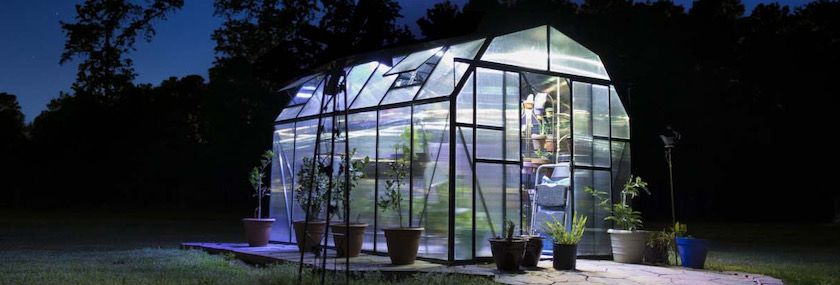Living Country Life With Expression and Grace
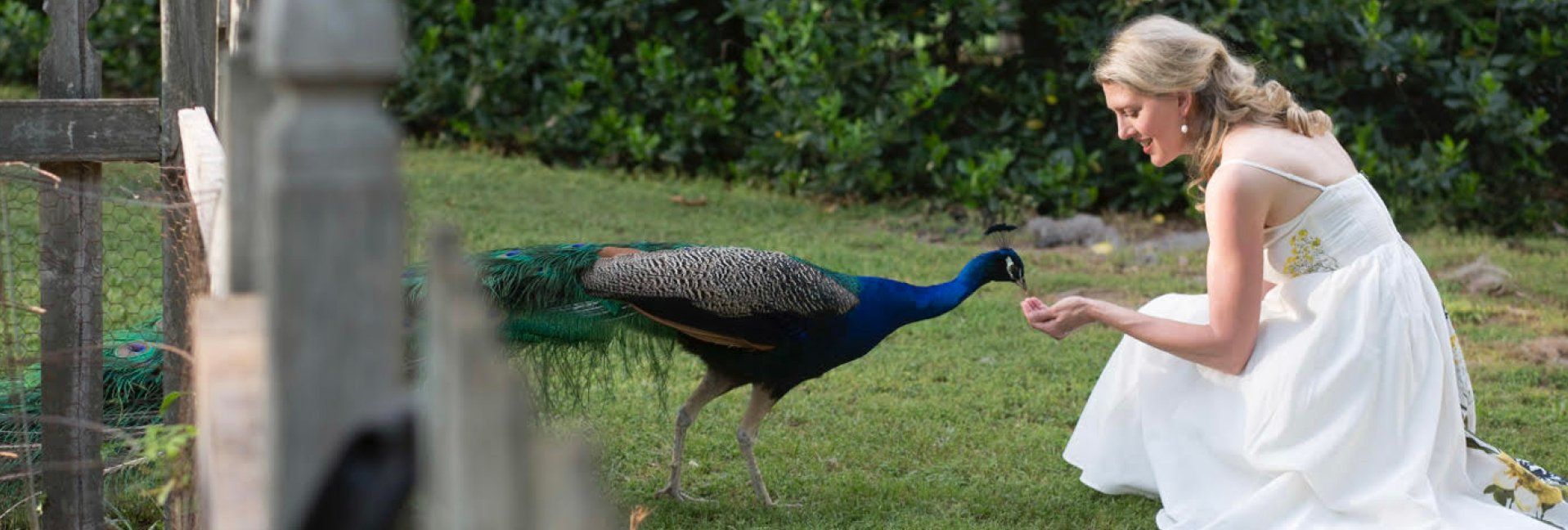

TO TELL LANIER IVESTER’S STORY is to tell a story of peacocks and Pineywoods sheep, books and beautiful things. It’s a story of life in Georgia, where Lanier and her husband, Philip, make their home on 12 acres in a mid-19th century farmhouse. It’s a story in which history is cherished and joy is celebrated each day.
But the one who tells Lanier’s story best is Lanier herself, so let’s listen as she shares her “acreage life.”

I guess the obvious place to start is with your farm. Can you tell us a little about your property and how long you’ve lived there?
Our place is a pocket of 19th century history, going back as early as the land lotteries of the 1830s. The house itself dates from the mid-1800s, but we’ve recently uncovered evidence that parts of it may be even older. Originally an extensive plantation, it now consists of about 12 acres of equal parts woodland and pasture—perfect for goats and Pineywoods sheep!
I’ve lived here for twenty years this June, but my husband grew up here. His parents rescued it from near-ruin back in the 70s and lived here with their three sons until eventually moving away and putting it up for sale.
(After getting married and moving here,) a year later we bought the place from Philip’s parents, who had suggested we live here a year just to make sure I knew what I was getting into!
Indeed, it’s a lot of work, and loving an old place is a massive commitment of time and resources. But we wouldn’t have it any other way. This place is truly home to us, and we feel blessed that we’ve had the leisure to care for it and improve it with a long-term perspective.
You have such a wonderful variety of interests: writing, farm life, animals, sailing, books, gardening. Any tips for finding the balance to pursue meaningful interests amidst the busy-ness of day-to-day life?
Oh, goodness. I’m not sure balance is the word—or, at least, I haven’t achieved enough of it to speak to that question. But I will say, the older I get, the more I am learning that I can’t have it all, all at the same time.
I like to look at life in the context of seasons, literal and otherwise.
I think my best piece of advice would be to just make sure you’re curating the life you love amid all the opportunities and interruptions the world throws at you. Love is always the best litmus test.
Tell us about the animals and birds that have, especially your Pineywoods sheep. How did you come to choose that breed?
I love my sheep! There were lots of people who told us we couldn’t raise sheep in Georgia because our climate was too hard on them. But we knew there had been sheep in this area—the original owners of our house also operated a woolen mill! After some extensive research (and a lot of prayer) I turned up this breed.
Also known as Gulf Coast Native, the Pineywoods were imported to this region by the Spanish over 300 years ago. Permitted to run feral, they developed enormous resistance to parasites and humidity, producing an extremely hardy and well-adapted breed.
Our little flock originated from a historical place museum in York County, South Carolina, but their particular line was cultivated in Georgia, so we like to think they’ve come full circle. The Pineywoods are on the Livestock Conservancy’s Critical List, meaning there are fewer than 200 registered animals in the United States, and while their wool quality is not considered of the finest sort, their hardiness is gaining some attention with breeders interested in introducing their traits into existing breeds.
On a purely personal level, though, we think they are the loveliest creatures: friendly, generally healthy, and each possessing a completely unique personality. I can’t imagine our lives without them.
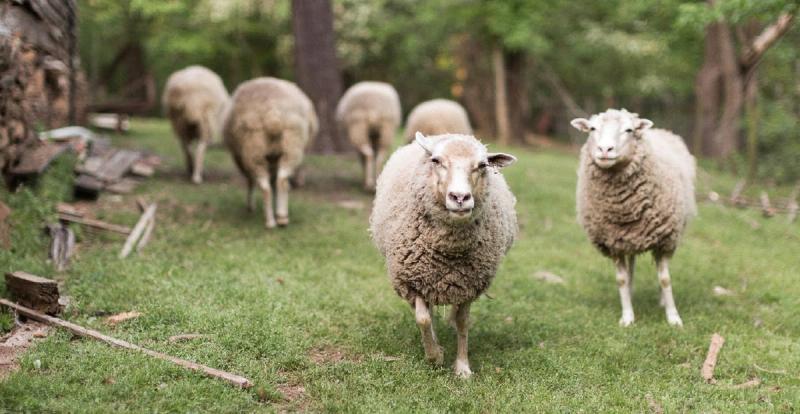
In addition to sheep, we have four thoroughly spoiled Nubian goats, four cats, two dogs (an Australian Shepherd and a Great Pyrenees), chickens, peacocks, and, most recently Blue Swedish ducks.
I seriously can’t believe I’ve never had ducks before now: I am completely besotted with them! I ordered them on a whim from the hatchery when I got my chicks this spring, and it’s turned into a massive undertaking of building them a house and covered run, complete with pool. Fortunately, my husband is as enamored as I am!
Please walk us through a typical day on your farm.
Well, ‘typical’ is kind of a moving target these days, what with home renovations and, most recently, a restoration of our original barn.
All that said, an ordinary day here on our farm starts with coffee, and, ideally, a few moments of quiet reflection and prayer before jumping into the day. After that, it’s down to the barn for morning chores. We’re currently bottle feeding a couple of Nubian goat kids, Duncan and Cordelia, so the bottles have to be warmed, hopefully before the goats start screaming their heads off for milk! Next, I let the ducks out of their house and the chickens out of theirs and feed all the birds—including the 19 hungry chicks in the brooder. After that, we let the goats and sheep out of their stalls and turn them out into the pasture—it’s ever so much easier to tend to the birds without little goats (and big ones!) trying to follow you into the henhouse.
When everyone is out and fed and happy, I clean the duck house and refresh their bedding. If it’s winter, we fill the crib in the barn hallway with hay, but in summer we have only to refresh the water buckets and make sure the feed room door is locked before gathering the eggs and heading back to the house.
When the weather is nice, I try to spend as many mornings as I can in the garden. I’ve learned by experience that I am generally a happier gardener if I break the work into smaller, daily tasks, rather than trying to cram a weeks’ worth of weeding, feeding, and pest control onto Saturdays.
It’s also lovely to be out in the garden before it gets too hot—my little way of honoring my own daily needs for exercise and sunshine, in addition to the needs of my garden. An extra bonus is that I get to spend some time with my honeybees while they’re still a little drowsy and slow. It’s easier—and smarter—to check on the hive and refresh the sugar water feeder before the warmth of the day wakens them to full activity.
After inside chores—cat boxes, dishes, laundry, and general tidying—I like to spend just a few minutes at my piano. It doesn’t always happen, but it’s a nice demarcation between the physical work of the morning and the more contemplative work of the afternoon. Just running through a couple of old pieces, or trying to add a few measures to a new one, clears my mind like nothing else. The days when I am able to make space for music tend to be the most satisfying in other areas as well.
I’m currently in school, finishing up a certificate in English Literature at Oxford University, so that takes a big chunk of time, at least two hours a day, not including written assignments. What hours I have left are devoted to personal and professional writing—everything from blog posts to essays to conference lectures.
A busy day—what’s next?
Ideally I like to get supper going by 6:00, but that doesn’t often materialize, especially in summer when the days are longer. What typically happens is that I work up until the time that Philip gets home from the office, and then we fix a snack together and talk about our day, while I might be throwing together a few dinner preparations for later. And while one or the other of us might sometimes do the morning barn chores alone, depending on the season or the situation, we always do the evening chores together. We call the dogs, pull on our wellies, and head out over the western pasture to get a good view of the sunset.
Down at the barn, we give everyone a little grain, hay in season, and refresh all the water buckets before tucking them into their stalls for the night. One of us closes up the chickens while the other herds the ducks into their house. If it’s Wednesday I give everyone a dose of mixed herbs for parasite control, tossed into the grain for the sheep and made up into little dosage ball ‘truffles’ for the goats (I told you they were spoiled). Then I refill the mineral feeders and make sure everyone has plenty of fresh baking soda available free choice—it helps keep the pH regulated in their rumens. Evening is also a good time to do a quick health check, trim hooves, and administer any vitamins or medications.
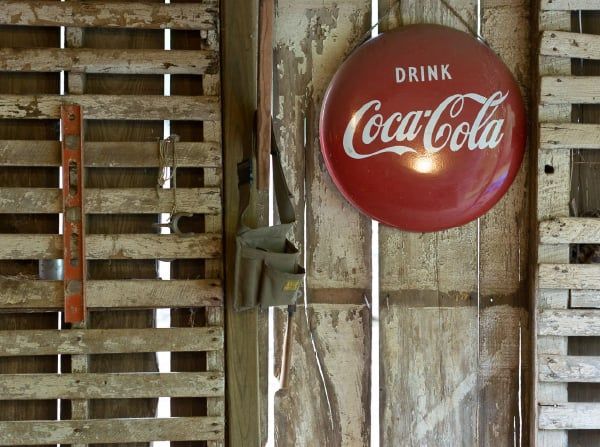
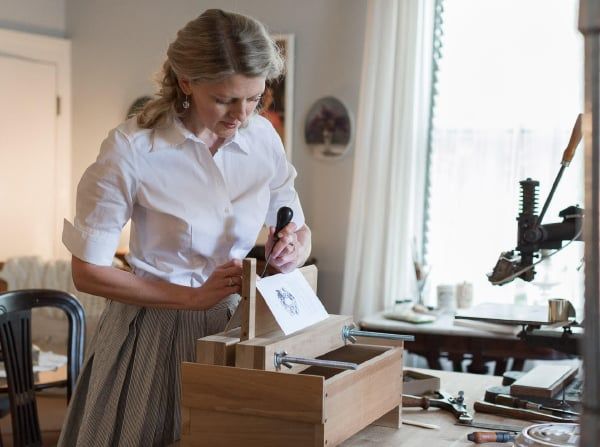
Once everyone is bedded down for the night, we often sit in the hallway together, listening to the owls, or to the contented sounds of animals munching hay.
Back at the house we’re greeted by another hungry crew, but four cats and two dogs later, we’re ready to sit down and have supper ourselves. Sometimes we watch a TV show, sometimes we listen to music. Sometimes we just sit on the porch and talk. Regardless, it’s been a good, good day. And we’re so thankful that we get to do it again tomorrow.
What encouragement would you give to someone looking to find their own acreage life?
I would say dream long. That is, always keep your ultimate vision in view, but don’t be afraid to start right where you are. You might not have the time or the space for a big kitchen garden or a pasture-full of alpacas, but you can fill your patio (or your windowsill!) with culinary herbs. And while you may be longing and planning for ‘the farm,’ it’s possible that a small flock of backyard chickens or a hive of honeybees is within reach right now.
If you’re looking for a place, I would suggest getting lots of local advice and asking a million questions—I can’t tell you how many times I’ve said to a seasoned farmer or goat breeder or beekeeper, “I have a really dumb question…” But the wisest of souls will always remind us that it’s much more foolish to leave the questions unasked than betray our ignorance in the first place. We all have so much to learn from each other; be generous with your own knowledge and grateful for that of others.
And if you’ve found your ‘bit of earth,’ I would encourage you to maintain a long-range perspective, but to focus much more on the small, daily milestones and celebrations. If anyone had told me it would take us 20 years to get this place where it is now, with so many setbacks and surprises, and so much yet to do, I would have been totally overwhelmed. But, the reality is, when you truly love and commit yourself to a place, it gives itself back to you in life-giving ways you can’t imagine. And when progress is hard-earned, its fruit is all the sweeter.

Photos courtesy Brian Hall Photography
Keep up with Lanier:
lanierivester.com
Instagram:@lanierivester
Tags:Seasonal Living

Acreage Life is part of the Catalyst Communications Network publication family.















